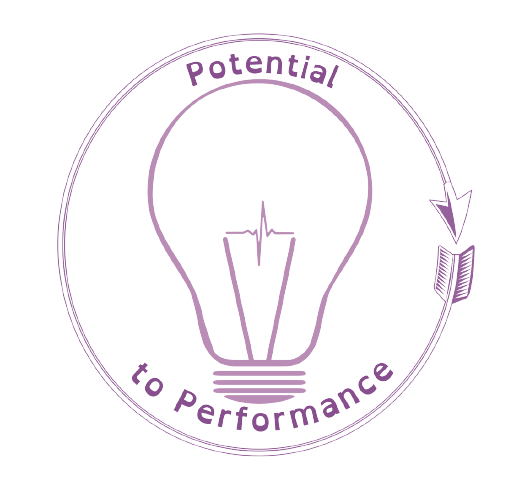Brooke Trenwith
With thanks to Dave Scott, Principal, for outlining his thoughts

National Education Learning Priority (NELP) – Objective 2: Learners at the Centre
3. Ensure disabled learners/ ākonga and staff, those with learning support needs, gifted learners/ ākonga, and neurodiverse learners/ ākonga are safe and included in their school or kura, their needs are supported, and that learning support programmes are robust and effective.
The Learning Support Action Plan (2019-2025) is nearing the close of its implementation period but I wonder how many schools still have it on their radar? We have, after all, had a few distractions over the last few years in the form of a global pandemic.
One way to see how you are tracking against the plan is a 360 Inclusive Review – that includes looking at all students who need inclusion.
The latest Te Mātaiaho draft (at the time of writing this blog) states (p.18):
‘The phases recognise that each ākonga is an individual whose learning development and rate of progress is different from others. Different ākonga will be ready for different content and experiences at different times. It is not expected that all ākonga of the same age will be achieving at the same level at the same time, nor that an individual learner will necessarily be achieving at the same level in all areas of the curriculum. In recognition of intersectionality, this includes, for example, those learners who are disabled, are neurodiverse, are gifted, have sensory learning needs, or who come from non-English-speaking backgrounds.’
All schools have great intent to do this… but is the impact matching that intent?
A 360 Inclusive Review allows an external evaluator to dig deeply into the impact of your intent and help you set an action plan that will encourage a sustainable shift in practice and procedures across the school.
‘For me, the review process was all about our goal – and responsibility – that every student feels connected and engaged in their learning and has the tools, resources, supports and opportunities they need to thrive. The process we went through has begun the work to enable this to happen and set staff on the pathway to developing a vision for learning and thinking about their own philosophy for learning.’
What were you trying to achieve?
Attempting to solve the problem of equity and achievement across the school in the area of diverse learning/ learning support to enable us to fulfil our vision of unlocking the potential of all boys and personalising learning.
What process did you choose to go with?
External review to give us an ‘outside in’ unbiased view of our current provision. The review comprised of a range of approaches, one-on-one interviews, group sessions, focus groups, student sessions, parent sessions and analysis of resources and data.
What was the impact of the 360 Inclusive Review?
The impact was that the review started the process of self-review and examining practice and challenging long-held beliefs.
As with all reviews (especially external ones), some staff will inevitably see a perceived threat and challenge to what they are doing. By telling the story and bringing it back to what is best for our students, most staff were able to see/ understand the rationale that every Medbury boy deserves a great education and student well-being and learning must be at the centre of every decision we make.
Therefore, regular examination of our practice and challenging our thinking is a must.
Brooke is able to provide a range of options of external reviews to support your views. Contact her on brooke@potentialtoperformance.co.nz to start a discussion.
